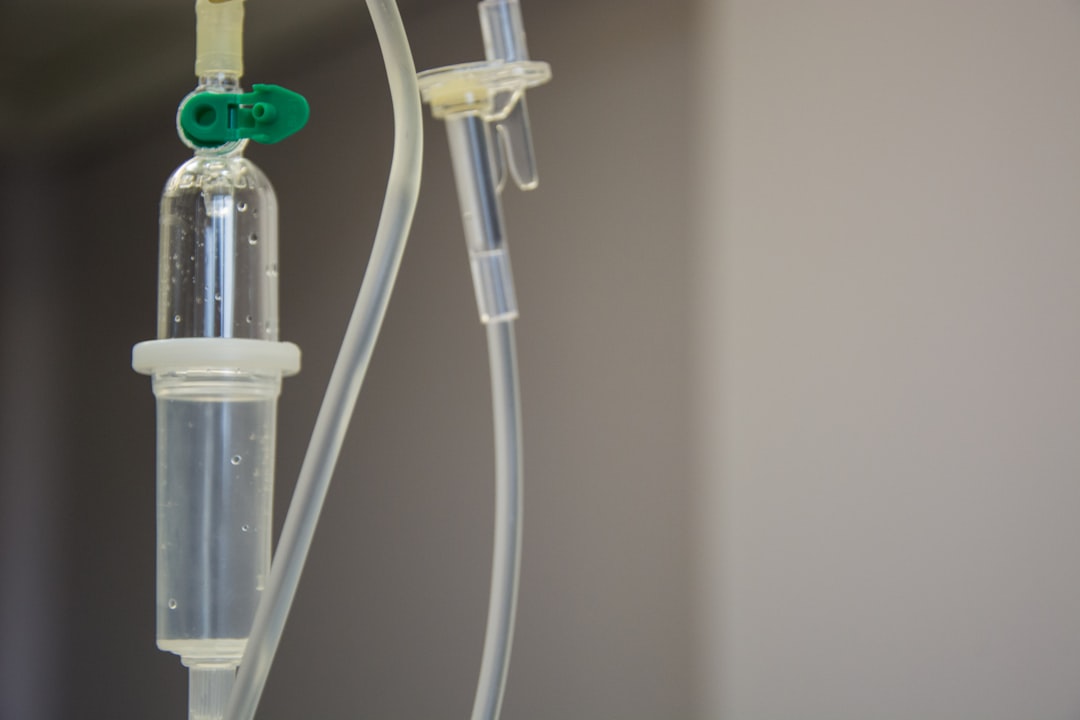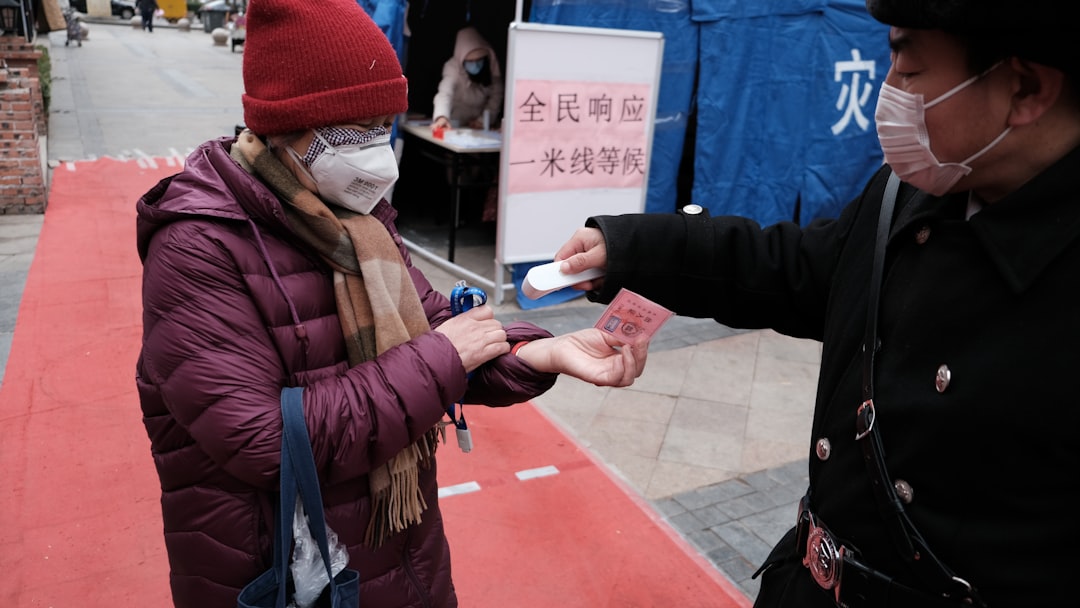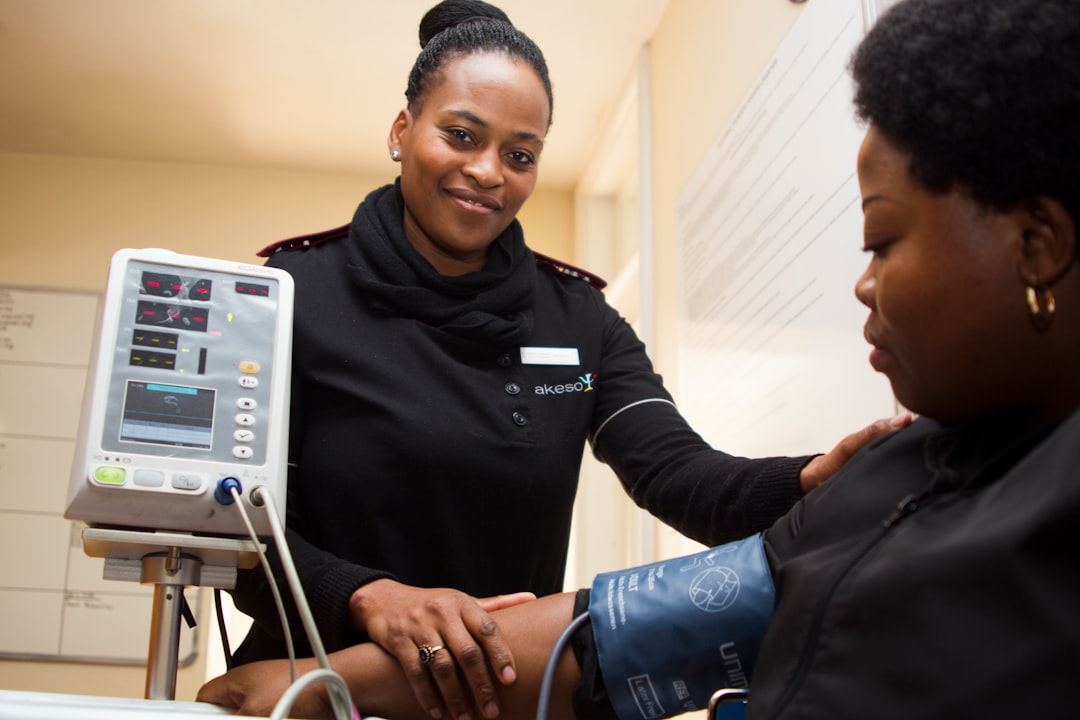What is it about?
In July 2007, Queensland, Australia, the graduated licencing program was enhanced to include a learner licence phase that requires a minimum of 100 hours recorded in a log book (with a minimum of 10 hours practice at night) before young drivers are able to go for their practical driving assessment and progress to independent licensure. However, we know very little about what learners think about the learner licence phase and any advice they would have for other young novice drivers who are traversing the learner licence phase.
Featured Image
Why is it important?
In general, the advice that the young novice drivers had for other learner drivers focused on actually learning to drive itself and the supervision of the learner driver. Regarding the learning to drive phase itself, the young drivers had a lot of advice regarding the road environment (for example, don’t actually start to learn driving on a road, rather, find a quiet area such as an empty shopping centre carpark), and operating a vehicle (learners wanted other learners to know it is quite normal to make mistakes such as putting the windscreen wipers on instead of turning on the indicators). Regarding interacting with other road users in particular, there was a lot of advice. Young drivers who had passed through the learner licence phase reported a variety of stressful driving experiences such as other drivers tailgaiting, cutting them off closely and trying to overtake them when they were actually following the speed limit. Regarding the supervision of the learner driver, they had lots of advice regarding supervisors. Most of the learners had experienced Mum freaking out and screaming while they were driving, whereas Dad tended to be more relaxed. Learners also reported that sometimes they found it more difficult to get driving supervision as parents weren’t as focused on completing the learner log book. The other aspect of this supervision related to graduated licencing restrictions themselves. There was an erroneous perception that they only had to do 100 hours, they weren’t allowed to do any more practice than that, whereas 100 hours is actually the minimum requirement. There was a lot of focus on normalising driving behaviours as well (e.g., stalling a manual vehicle was said to be perfectly normal and yet it translated into really anxious young drivers).
Perspectives
It means we need to share with young drivers that, yes, they are going to make mistakes such as stalling a vehicle or putting the windscreen wipers on instead of the indicators, and this is perfectly normal. We also need to communicate with parents about how to support their learning, particularly as learners are likely to make mistakes. How to survive from that mistake and how to learn from that mistake is vital during the learner licence phase. We also need to investigate what resources are available to learners and supervisors, as the young drivers advised that their friends were the most common source of information, that they didn’t use other resources, and that there aren’t may resources available to them or their parents throughout the learner licence phase.
Dr Bridie Scott-Parker
University of the Sunshine Coast
Read the Original
This page is a summary of: Experiences of Teen Drivers and Their Advice for the Learner License Phase, Traffic Injury Prevention, October 2014, Taylor & Francis,
DOI: 10.1080/15389588.2014.909594.
You can read the full text:
Contributors
The following have contributed to this page










